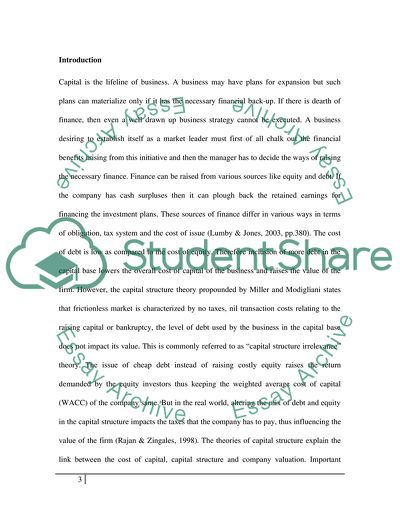Cite this document
(“Corporate Finance and Different Approaches Research Paper”, n.d.)
Corporate Finance and Different Approaches Research Paper. Retrieved from https://studentshare.org/finance-accounting/1737908-corporate-finance
Corporate Finance and Different Approaches Research Paper. Retrieved from https://studentshare.org/finance-accounting/1737908-corporate-finance
(Corporate Finance and Different Approaches Research Paper)
Corporate Finance and Different Approaches Research Paper. https://studentshare.org/finance-accounting/1737908-corporate-finance.
Corporate Finance and Different Approaches Research Paper. https://studentshare.org/finance-accounting/1737908-corporate-finance.
“Corporate Finance and Different Approaches Research Paper”, n.d. https://studentshare.org/finance-accounting/1737908-corporate-finance.


